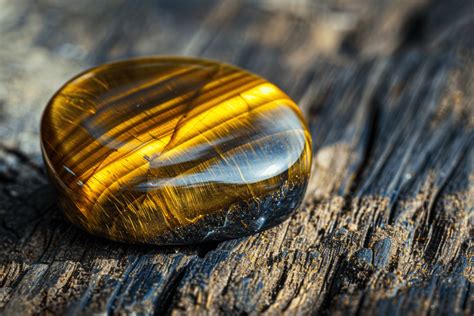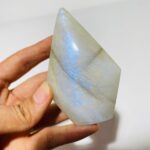Beneath the surface of our planet lies a hidden realm of wonder, where certain rocks possess a remarkable ability to glow under ultraviolet (UV) light.

These rocks, known as UV reactive rocks, come in a mesmerizing array of colors, from vibrant blues and greens to ethereal pinks and purples. The cause of their fluorescence lies in the presence of specific minerals and organic compounds that absorb UV radiation and then re-emit it as visible light.
The Science Behind UV Fluorescence
Fluorescence is a process that occurs when certain substances absorb energy from light and then re-emit it as light of a lower energy. In the case of UV reactive rocks, the energy is absorbed in the form of UV light, which is then re-emitted as visible light.
The specific minerals responsible for UV fluorescence vary depending on the rock type. Some of the most common include scheelite (CaWO4), calcite (CaCO3), and fluorite (CaF2). Organic compounds, such as humic acids, can also contribute to fluorescence.
Applications of UV Reactive Rocks
UV reactive rocks have a wide range of practical and aesthetic applications. Here are a few examples:
- Geological Studies: UV fluorescence can be used to identify and classify different rock types in the field.
- Mineral Identification: UV light can help distinguish between minerals that are otherwise difficult to differentiate.
- Gemstone Authentication: UV fluorescence is used to identify genuine gemstones, as certain gemstones exhibit distinctive fluorescence patterns.
- Art and Decor: UV reactive rocks are used in a variety of artistic applications, such as jewelry, sculptures, and decorative landscaping.
- Education: UV reactive rocks can be used as teaching tools in geology, mineralogy, and other Earth science disciplines.
Top UV Reactive Rock Types
The following table lists some of the most common UV reactive rock types and their characteristic fluorescence colors:
| Rock Type | Fluorescence Colors |
|---|---|
| Calcite (CaCO3) | Orange-red, pink, white |
| Scheelite (CaWO4) | Blue-white, green, yellow |
| Fluorite (CaF2) | Blue, green, purple, white |
| Apatite (Ca5(PO4)3(F,Cl,OH)) | Green, blue, yellow |
| Willemite (Zn2SiO4) | Green, yellow |
Finding UV Reactive Rocks
UV reactive rocks can be found in a variety of geological settings, including limestone caves, granite quarries, and riverbanks. They are often associated with hydrothermal activity, metamorphic processes, or the presence of certain organic materials.
To find UV reactive rocks, you will need a portable UV flashlight. The wavelength of the light is important: rocks that fluoresce under long-wave UV light (365 nm) will not necessarily fluoresce under short-wave UV light (254 nm) and vice versa.
Tips and Tricks for Finding UV Reactive Rocks
- Use a portable UV flashlight with the appropriate wavelength.
- Explore areas with a history of hydrothermal activity or metamorphism.
- Check limestone caves, granite quarries, and riverbanks.
- Look for rocks that have a dull or chalky appearance in daylight.
- Be patient and persistent. Finding UV reactive rocks can take time and effort.
Benefits and Drawbacks of UV Reactive Rocks
UV reactive rocks offer a number of benefits, including:
- Unique aesthetic appeal: Their vibrant fluorescence makes them highly decorative.
- Scientific value: They can be used in various scientific applications.
- Educational value: They can be used to teach about fluorescence and other geological processes.
However, there are also some drawbacks to consider:
- Not all rocks are UV reactive: Only a small percentage of rocks fluoresce under UV light.
- Fluorescence can fade over time: Exposure to sunlight and other environmental factors can diminish the fluorescence of UV reactive rocks.
- Safety concerns: UV radiation can be harmful to your skin and eyes. Always wear appropriate protective gear when handling UV reactive rocks.
UV reactive rocks are a fascinating natural phenomenon that offer a glimpse into the hidden world of geology. Whether you are a scientist, an artist, or simply a curious explorer, UV reactive rocks have something to offer everyone. With a portable UV flashlight and a little bit of patience, you can uncover the vibrant world of fluorescence that lies beneath our feet.




























